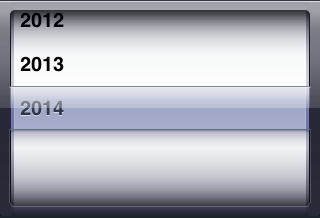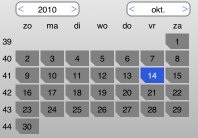Multiplatform JavaFX for real – polish
Things work, they look pretty good, so it is time to start polishing. First we focus on those hard coded values for host, user and password that are so convenient for testing. The thing that is needed here is a kind of cookie, something stored locally on the device, that holds the last typed host and user. But the file system on Android and iOS are very different, so that would be quite a challenge to set up. But again Gluon already solved this problem: from the PlatformFactory you can get an instance of Platform, which again provides an implementation of the SettingService, and that is a platform specific key-value store. Perfect! Just store the values after a successful login, and retrieve when starting. That was an easy score. And the Platform class holds many more gems, like the PositionService, which most likely will come handy in another app. (more…)


